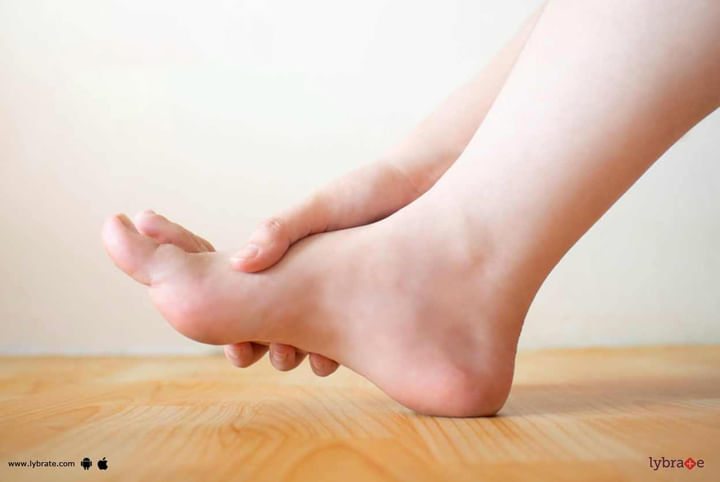Know About PRP Therapy For Heel Pain!
Heel pain is one of the most common foot problems. Often experienced under the heel or right behind it, it can sometimes affect the side of the heel as well. Heel pain can be moderate to severe and can cause difficulty depending on the intensity of the pain. Plantar fasciosis is a kind of heel pain stemming from the deterioration of the plantar fascia that occurs due to repetitive stress as well as chronic plantar fasciitis. This term is used for a non-inflamed stage of plantar fasciopathy.
It is more difficult to treat plantar fasciosis when healthcare providers are not able to recognize it at the non-inflamed stage of the condition. While there are several treatment options, PRP has gained popularity in the recent times.
What causes heel pain?
Heel pain is usually caused by plantar fasciitis or plantar fasciosis. In plantar fasciitis, there is an optimum supply of blood to the affected area along with an inflammatory response that causes a lot of pain. On the other hand, in plantar fasciosis, the fascia has a reduction or absolutely zero inflammatory response along with decreasing healing factor and chronic scar tissue that inhibits the healing response.
What are the treatment options for heel pain?
Various types of treatments such as extracorporeal shockwave therapy, dry needling, monopolar capacitive-coupled radiofrequency, coblation and also, PRP or platelet rich plasma are available to treat heel pain. When a patient has been suffering from heel pain for over six months, the doctors stimulate the inflammation as well as the healing cascades in order to exploit the best treatment for individual cases.
PRP for heal pain
The PRP technique of treating heel pain primarily focuses on provoking a supraphysiologic release of different growth factors for kickstarting the healing of chronic injury of heel pain. When there is an increase in the concentration of growth factors, there is also a rise in the autologous platelets which, in turn, leads to an intense healing of soft tissue on the level of cells.
It is important to mention here that there are numerous components of blood including the red and white blood cells, platelets and plasma. Platelets are endowed with a lifespan of 10 days at the most and they aggregate at the affected area whenever there is an injury. The platelet is also meant for causing hemostasis which is characterized by the formation of new connective tissue along with revascularization. The body’s natural reparative process entails concentration of platelets along with white blood cells within a clot at the site of injury. White blood cells and platelets dominate the healing response through the release of growth factors, recruitment of stem cells, and support of regeneration of tissue.
Platelet-rich plasma or PRP therapy is an individualized approach for patients suffering from feet or heel pain. It offers the benefit of not needing to undergo any surgical intervention or any therapies that are time-consuming. The best part is that the PRP therapy is applied to one’s own blood. Therefore, those patients who have been suffering from persistent foot pain can highly benefit from the PRP therapy. However, it is advised to consult with an expert to understand which treatment will work best for you.



+1.svg)
